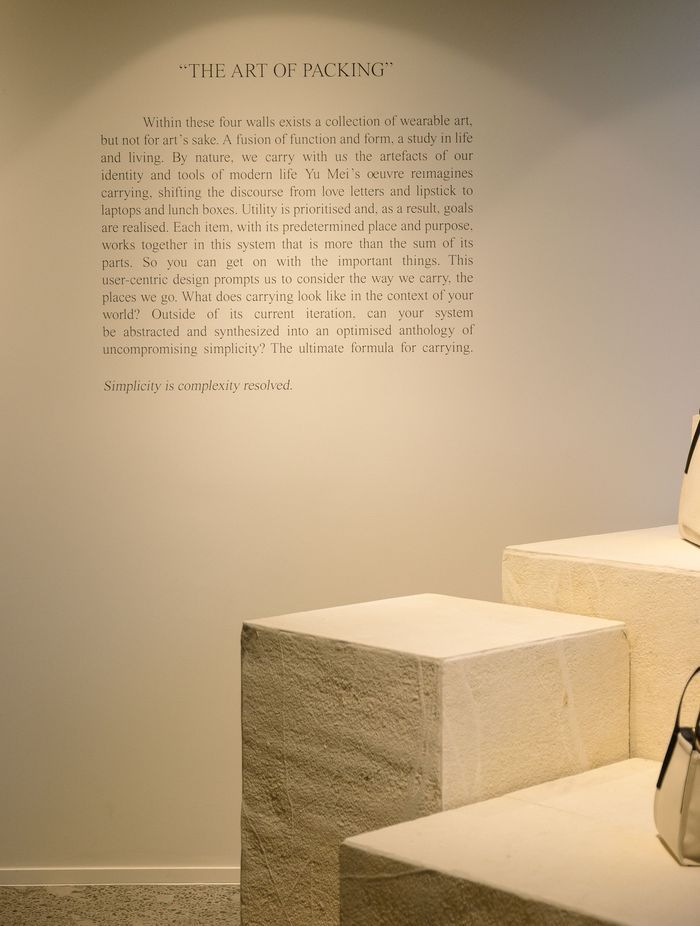Exploring modern stone architectural trends with Ōamaru Stone
Written by
29 October 2024
•
4 min read

ArchiPro explores what’s trending within modern stone architecture with the guidance of industry expert Dustin King, Operations Manager of Ōamaru Stone (Parkside Quarries). We discuss everything from sustainability considerations to cultural heritage, and how technology has influenced the evolution of stone architecture over the years. Read our interview below.


Stone has a presence that only stone can have. The grandeur of our beautiful stone buildings is really something to treasure and preserve.
Q: How has the use of technology influenced the evolution of stone architecture in recent years?
Dustin: “For us, the ability to produce lightweight claddings has really changed the way stone is traditionally used, whether it be as ceiling linings or a centrepiece in a chandelier—the design options now seem endless for interior designers and architects wanting stone features in their designs.”
Q: What are some innovative techniques architects are using to blend traditional stone masonry with contemporary design principles?
Dustin: “Following on from the first comment, architectural stone is seeing a resurgence in its own right as both exterior claddings and interior linings, I don’t know if there is much emphasis on blending traditional stonework with contemporary as the contrast in both aspects is what makes it work well together.”
Lightweight Dry Stack Stone seamlessly merges the timeless beauty of natural limestone with modern-day needs. This innovative cladding solution brings the rustic appeal of traditional stone walls with easy installation and cost efficiency. Ideal for homeowners, builders and designers looking to bring warmth and character into their spaces.
Q: What role does cultural heritage play in the resurgence of stone as a primary material in contemporary buildings?
Dustin: “It's significant, no doubt. We are surrounded by single-use items in our everyday lives and, in some ways, have become accustomed to products having a “shelf life.” When you enter a 150-year-old stone building, that feeling quickly fades—stone has a presence that only stone can have. The grandeur of our beautiful stone buildings is really something to treasure and preserve.”
Q: How are sustainability concerns shaping the use of stone in modern architecture?
Dustin: “Modern construction techniques and materials are very conscious of sustainability as a whole. Obviously, natural products have a smaller impact on our environment and stone, especially with its easy care and long life attributes, making it a very popular choice where sustainability is concerned.”
Q: For people looking for a little bit of inspiration, what are some trends you’re seeing now and over the past few years?
Dustin: “Vestibules are making a bit of a resurgence now and certainly give a great first impression! We are seeing a lot of stone being brought inside the home as feature walls or furniture/fixtures. Stone walls in gardens and landscape features are very popular too.”
When Ōamaru Stone limestone is split, its raw, natural texture is unveiled, creating what is known as Split Faced limestone. This process results in a richly textured surface, characterised by its uneven,
multi-layered, and rugged appearance. Afterwards, the stone is cut to the desired dimensions, ready to be incorporated into design projects. This option is not only great for exterior cladding but internal designs such as feature walls and linings.
As we continue to explore modern stone architecture, our conversation makes it clear that the material’s ancient heritage is intertwined with innovative techniques and contemporary design thinking, ensuring it moves with the times and stays relevant. From lightweight claddings to its role in sustainable architecture, stone remains a versatile element in the architectural landscape, and is extremely popular because of it.
Discover more about stone architecture and Ōamaru Stone on ArchiPro today.
